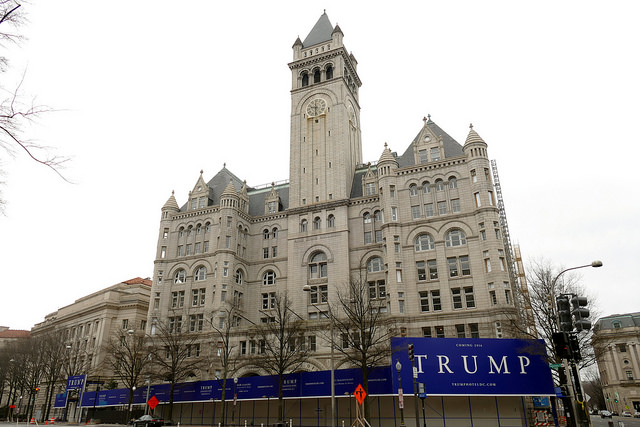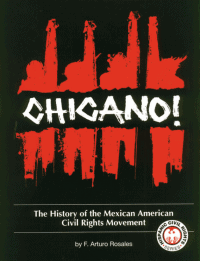Trump’s Latino employees come out against Trump

*Orale. Seventy-five percent of the construction workers on the Trump Tower in Washington DC are Latino. For most of them “It’s just part of the job. It’s a way to earn money.” VL
By Joan Faus, El Pais
There is no campaign advertising in Washington DC, but Donald Trump is an exception, as with so many other things in this presidential race.
A huge sign reads “Trump” under “Opening in 2016” on the front of the hotel that the Republican nominee is completing in a privileged location of the US capital: the avenue connecting the Capitol to the White House.
The hotel, which stands very near the presidential residence, is a symbol of the power and ambition of the Republican candidate. But inside his own building, Trump is unpopular. Most of the workers here are Latin American immigrants who are uncomfortable with the business tycoon’s xenophobia.
Read more NewsTaco stories on Facebook.>>
“I think they oppose him because they see that he is a racist person,” says Francisco Jiménez, 47, who was born in Guatemala.
Jiménez, who has been living in the United States for 26 years, fits windows inside the former Old Post Office, a landmark building that the Trump group is reconverting into a luxury hotel with 263 guest rooms. He has citizenship now, but arrived illegally from Mexico . . . READ MORE
[Photo by Maxence/Flickr]
Suggested reading


